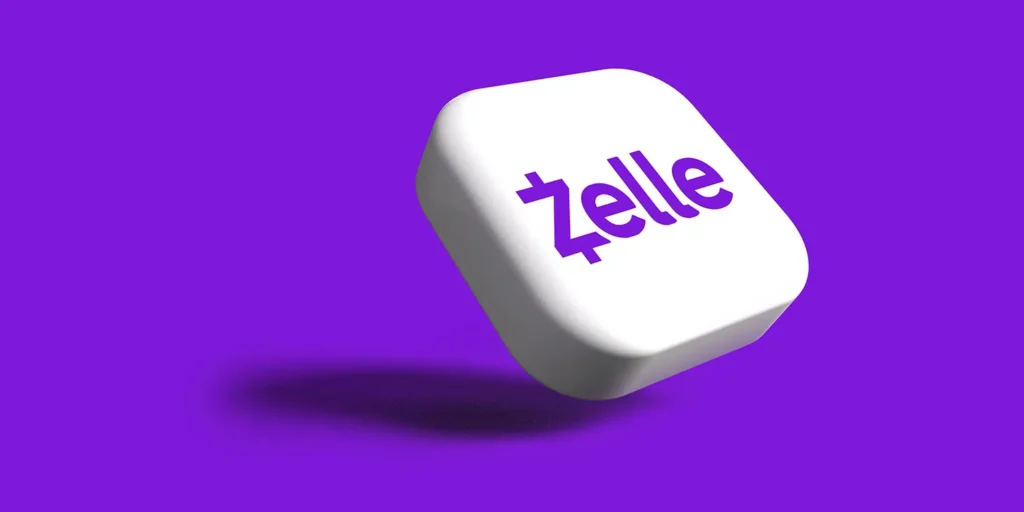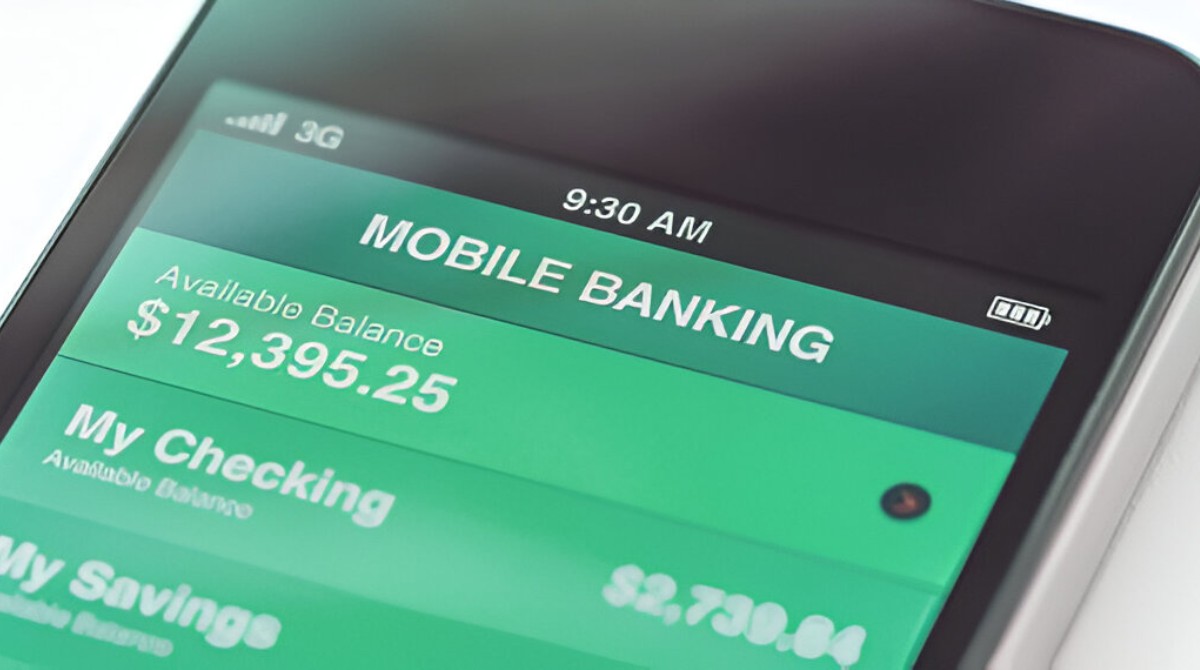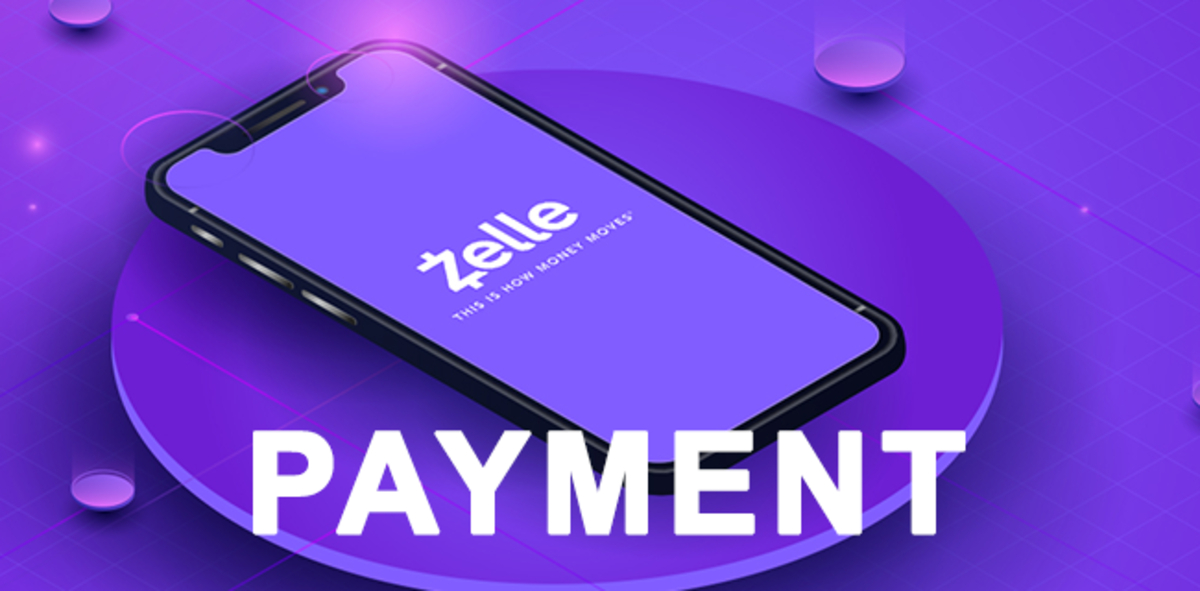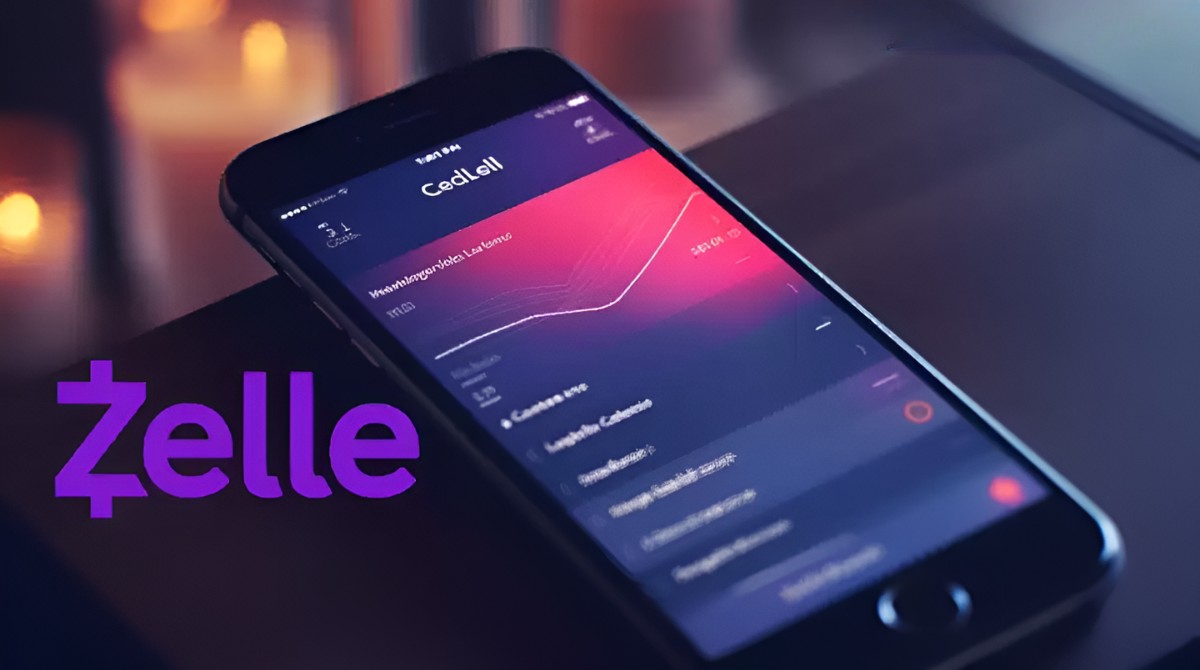
In a surprising move that has caught the attention of digital payment users across the U.S., Zelle, one of the country’s most popular digital payment services, has announced the shutdown of its stand-alone mobile app. Known for enabling quick, direct transfers between bank accounts, Zelle has been a go-to solution for individuals seeking hassle-free, instant payments. This closure marks a significant shift in the landscape of digital payments and leaves many wondering what this means for users and the future of digital transactions.

The End of Zelle’s Stand-Alone App
Zelle has made the decision to shut down its stand-alone mobile app, shifting its focus entirely to integration with participating banks and credit unions. While Zelle is still available for use through mobile banking apps, those who enjoyed the convenience of a dedicated app will no longer have access to it after its official shutdown.
For those unfamiliar, Zelle quickly became one of the most popular digital payment methods in the U.S. due to its seamless integration with major financial institutions and its ability to send money instantly between users. As of this recent change, users will have to access Zelle through their bank’s app, removing the need for the separate mobile app altogether.
The decision to shut down the stand-alone Zelle app follows a broader trend in the fintech world, where companies often move toward tighter integrations with banking institutions and away from independent services. This shift could be seen as an attempt by Zelle to streamline its services and strengthen its ties with financial institutions.
Zelle’s Focus Shifts Toward Bank Integrations
One key reason behind the shutdown of Zelle’s stand-alone app is the service’s increasing focus on working directly with banks. By integrating its payment platform into the existing mobile apps of banks and credit unions, Zelle is able to offer a more seamless and integrated user experience. This move could allow for smoother transactions, fewer app downloads for users, and better security features, given that the platform will be housed within the banks’ apps, which are already trusted by millions of users.

As digital payment systems continue to evolve, users may find themselves using Zelle more within their primary banking apps rather than relying on separate platforms. Zelle’s decision to shift its focus aligns with the broader trend of consolidating digital payment methods and reducing the need for multiple apps to manage financial transactions.
What This Means for Users
While the shutdown of the Zelle app may cause some inconvenience for those who have become accustomed to using the stand-alone app, the transition to bank integrations promises to offer a more streamlined and secure way to manage transactions. In fact, many of Zelle’s users already access the service through their banks’ mobile apps, so this move may not impact a majority of its customer base.
However, the change does raise questions about the future of stand-alone digital payment apps. With major services like PayPal, Venmo, and Cash App continuing to operate independently, Zelle’s decision to fully integrate with banks might signal a shift toward consolidation in the digital payment space.
The Future of Digital Payments: What’s Next?
As digital payment methods continue to grow in popularity, the landscape is shifting. Zelle’s integration with banks is only one example of how the market is evolving. The push for more integrated services could signal a change in how we approach mobile payments, with an emphasis on security, ease of use, and reducing fragmentation across apps.

Zelle’s shutdown of its stand-alone app may be just the beginning of a broader transformation in the digital payments sector. As fintech companies and banks look to enhance their offerings, we may see even more integration of payment services into other apps or platforms that consumers already use on a daily basis.
While Zelle’s move may seem like a step back for some users, it could ultimately help simplify how we send and receive money. By eliminating the need for a stand-alone app and relying on existing banking apps, Zelle is aiming to provide a more seamless and secure digital payment experience for the future.
